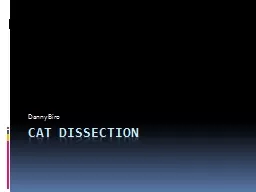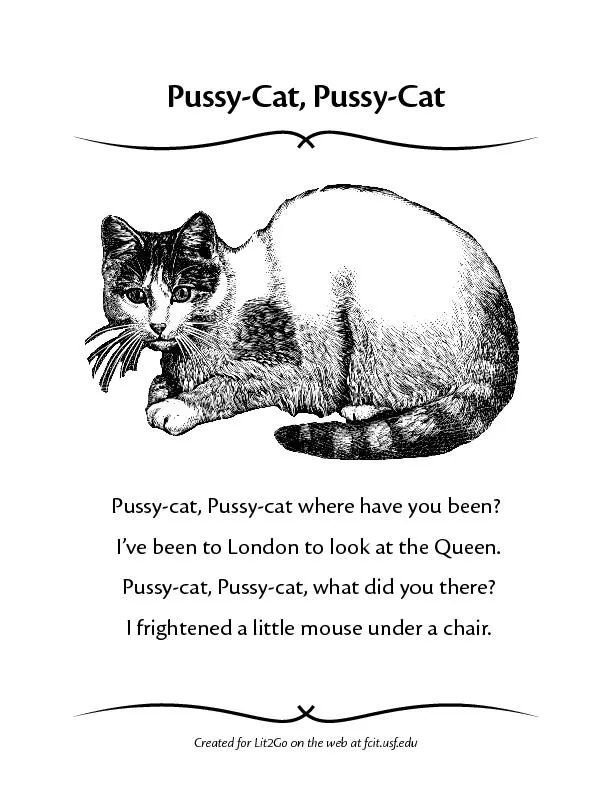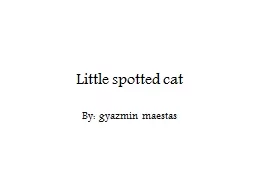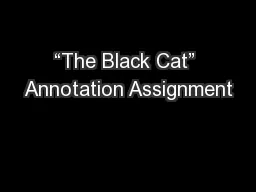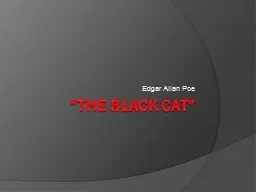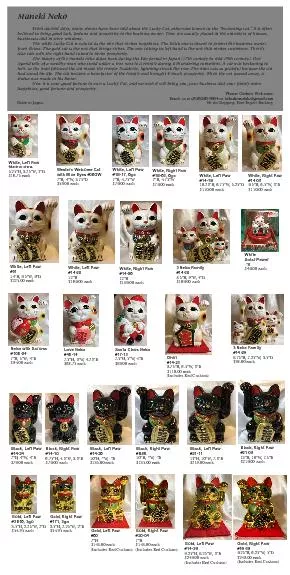PPT-The Black Cat http:// poestories.com/read/blackcat
Author : stefany-barnette | Published Date : 2018-10-10
full text and definitions https wwwyoutubecomwatchvGKNI6ouswg short movie 17 minutes As Christianity became more entrenched 15th century witch hunts centered
Presentation Embed Code
Download Presentation
Download Presentation The PPT/PDF document "The Black Cat http:// poestories.com/rea..." is the property of its rightful owner. Permission is granted to download and print the materials on this website for personal, non-commercial use only, and to display it on your personal computer provided you do not modify the materials and that you retain all copyright notices contained in the materials. By downloading content from our website, you accept the terms of this agreement.
The Black Cat http:// poestories.com/read/blackcat: Transcript
Download Rules Of Document
"The Black Cat http:// poestories.com/read/blackcat"The content belongs to its owner. You may download and print it for personal use, without modification, and keep all copyright notices. By downloading, you agree to these terms.
Related Documents





